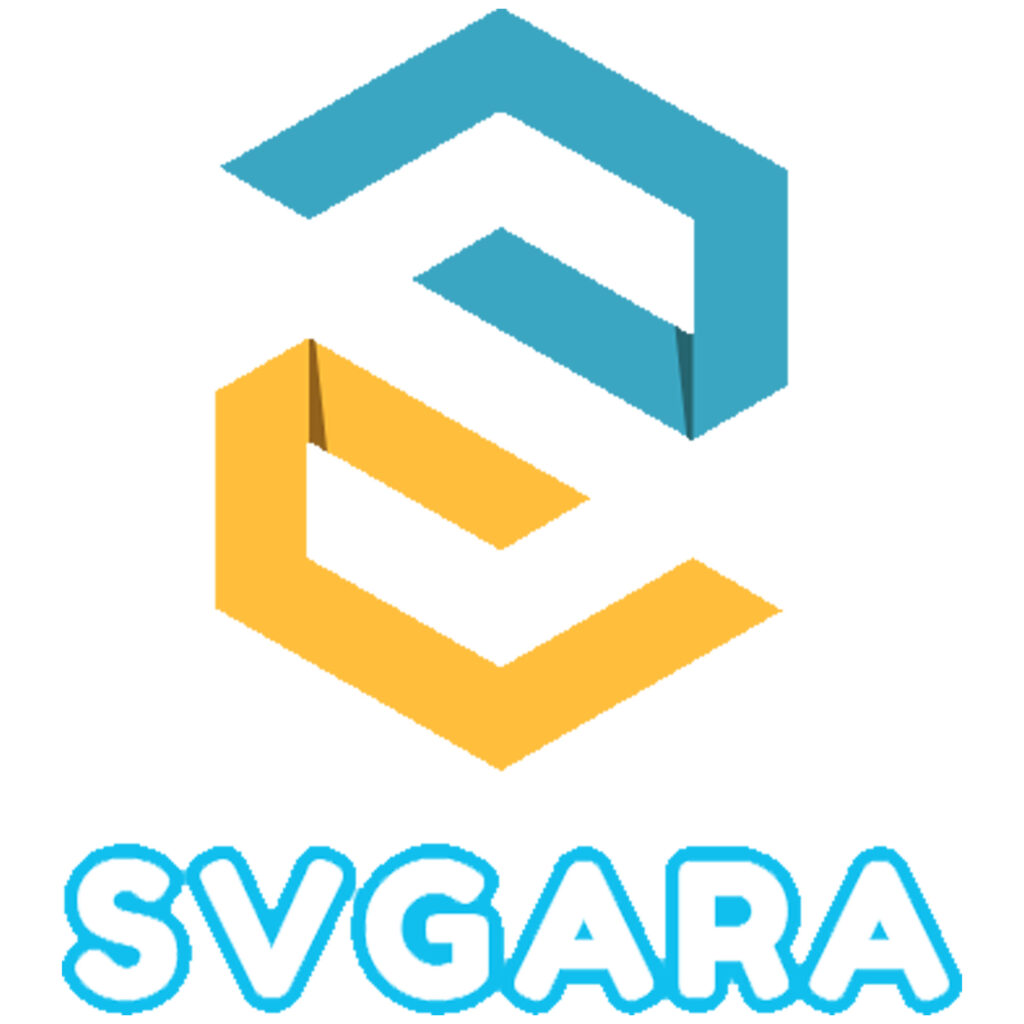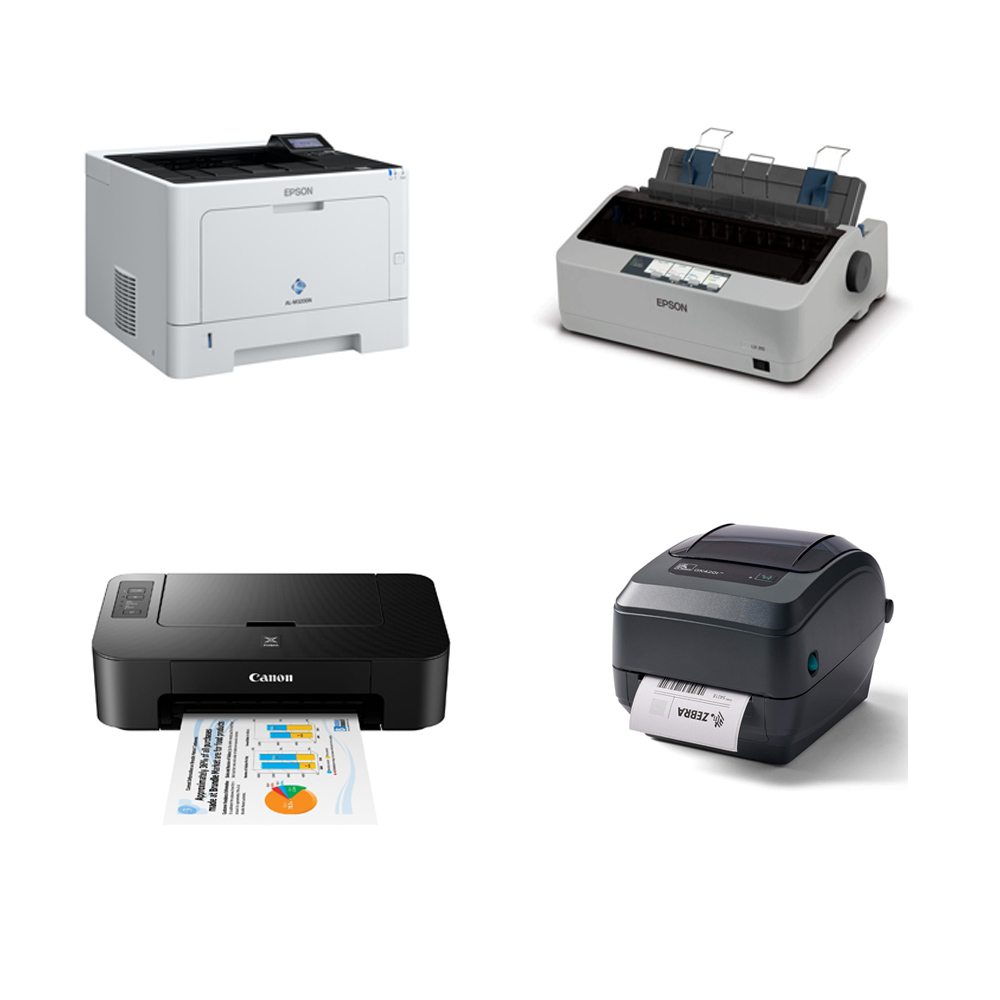BLOG
Printers Explained – Laser, Inkjet, Thermal and Dot Matrix
Printers Explained – Laser, Inkjet, Thermal and Dot Matrix

1. Laser Printers:
Laser printers are known for their speed, precision, and efficiency. They work by using a laser beam to project an image onto a photosensitive drum. Here’s the process:
- Charging: A drum is electrostatically charged.
- Exposing: The laser beam alters the charge on the drum, creating an electrostatic image.
- Developing: Toner, a fine powdered ink, sticks to the charged areas of the drum.
- Transferring: The toner is then transferred from the drum to the paper.
- Fusing: Finally, heat and pressure are applied to fuse the toner onto the paper, creating a permanent image.
Advantages:
- Fast printing speeds.
- High-quality text output.
- Cost-effective for high-volume printing.
Disadvantages:
- Higher upfront cost compared to inkjet printers.
- Larger and heavier.

2. Inkjet Printers:
Inkjet printers are popular for home and small office use, especially for printing photos. They work by spraying tiny droplets of liquid ink onto paper through microscopic nozzles.
- Printing Process: The print head moves back and forth across the paper, ejecting ink droplets that form images or text.
- Ink Types: Most inkjet printers use either dye-based or pigment-based inks.
Advantages:
- High-quality photo prints.
- Lower initial cost.
- Can print on a variety of media.
Disadvantages:
- Slower than laser printers.
- Ink cartridges can be expensive.
- Ink can smudge if not handled carefully.

3. Thermal Printers:
Thermal printers are commonly used for printing receipts, labels, and barcodes. They work by using heat to create an image on special heat-sensitive paper.
- Direct Thermal: The printer applies heat directly to the thermal paper, which changes color to produce the image.
- Thermal Transfer: Heat is used to melt a coating of ribbon onto the paper.
Advantages:
- Quiet operation.
- Low maintenance.
- Fast printing speeds.
Disadvantages:
- Requires special thermal paper.
- Print quality may degrade over time.
- Limited color capabilities.

4. Dot Matrix Printers:
Dot matrix printers are impact printers that use a print head to strike an ink-soaked ribbon against the paper, creating characters and images made up of dots.
- Printing Process: The print head moves back and forth, striking the ribbon to transfer ink onto the paper in a dot matrix pattern.
Advantages:
- Durable and reliable.
- Can print on multi-part forms (carbon copies).
- Low operating costs.
Disadvantages:
- Noisy operation.
- Lower print quality compared to other types.
- Limited color printing capabilities.

Conclusion:
Each type of printer has its own strengths and weaknesses, making them suitable for different applications. Laser printers are ideal for high-volume text printing, inkjet printers excel at high-quality photo printing, thermal printers are perfect for quick and quiet receipt printing, and dot matrix printers are useful for multi-part forms and industrial environments. Understanding these differences can help you choose the right printer for your specific needs.

